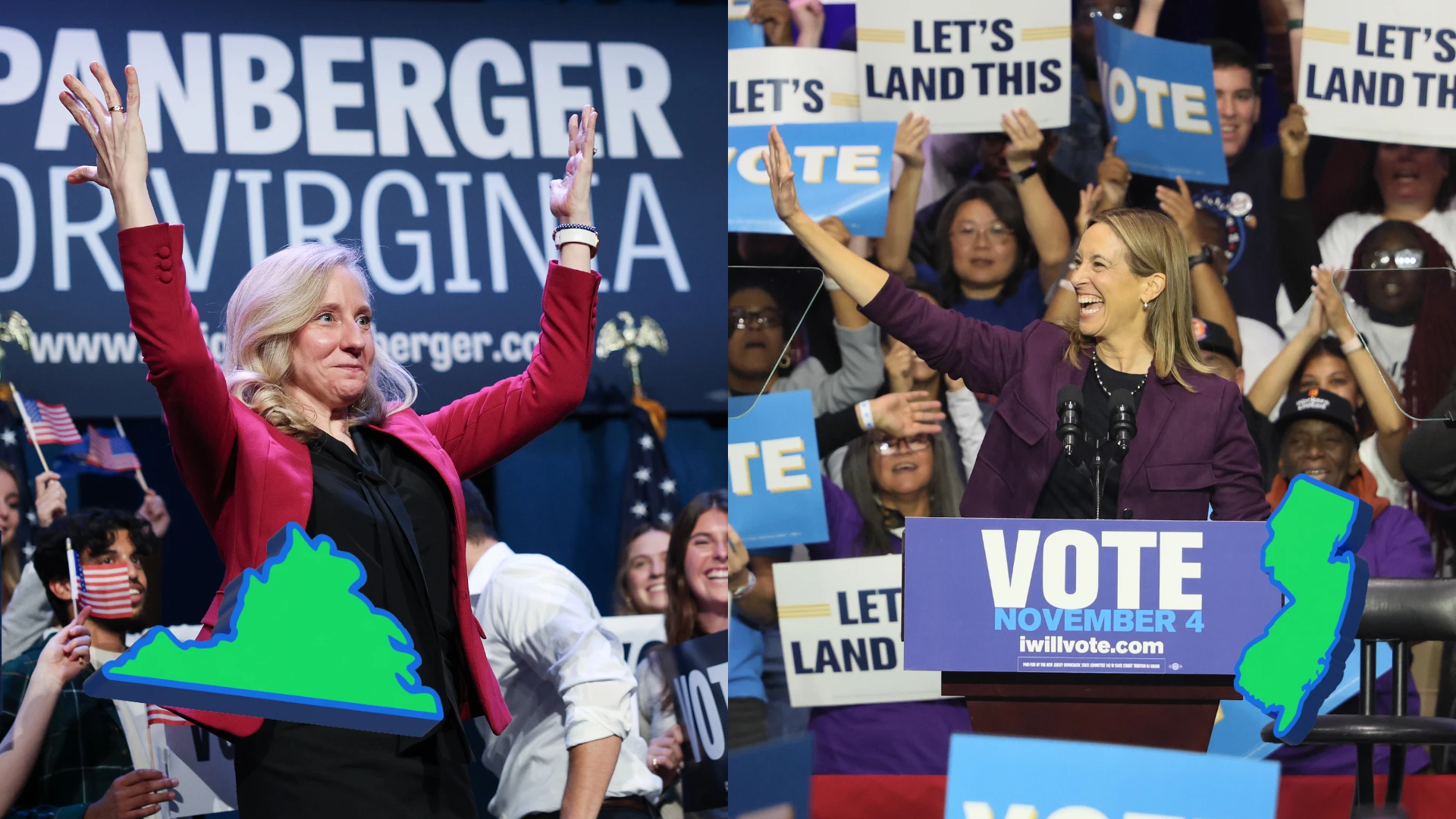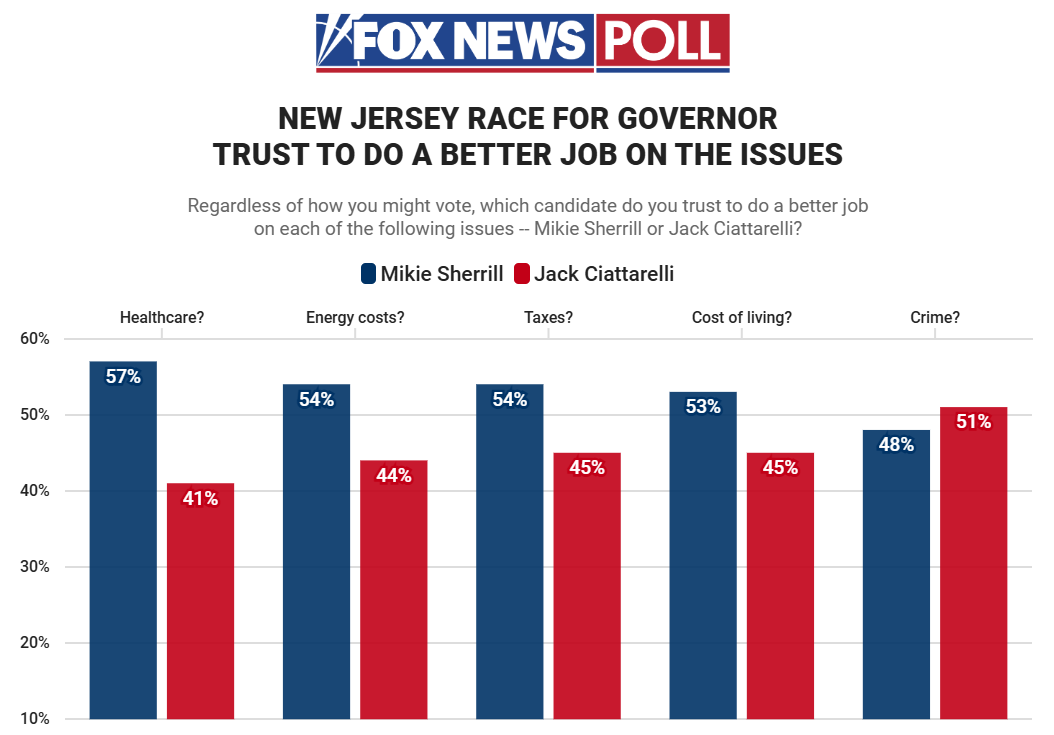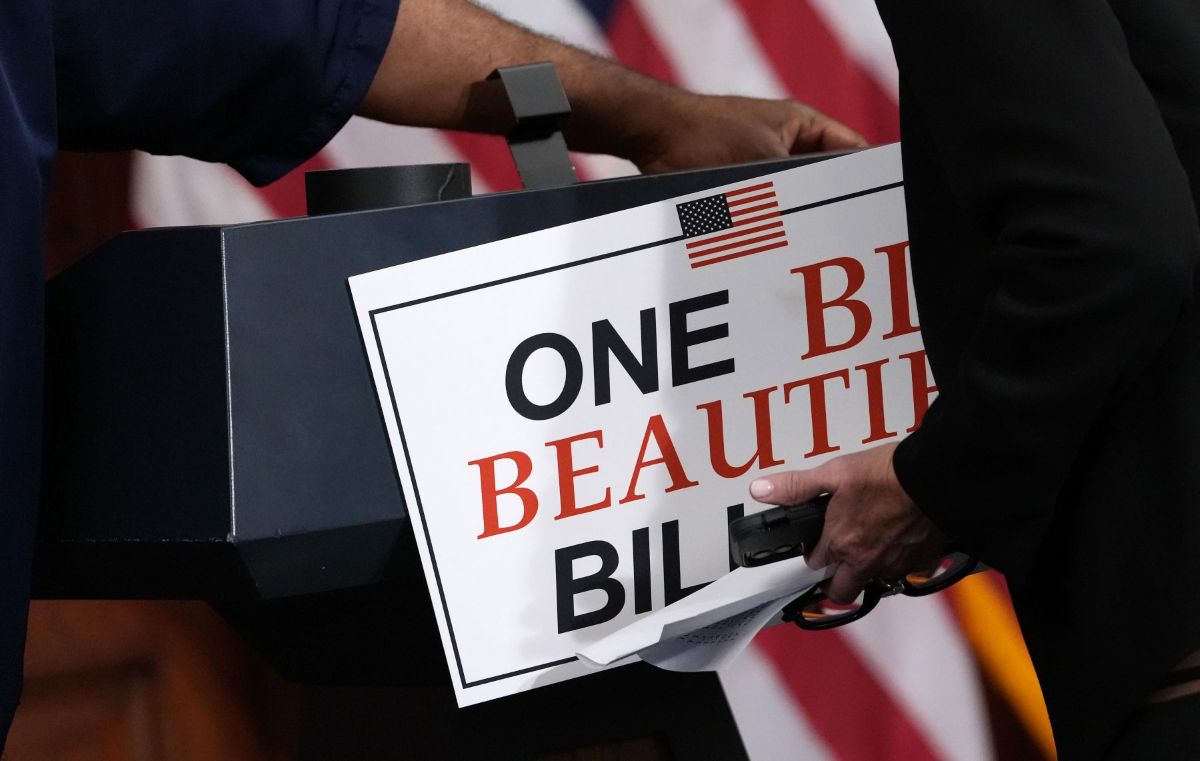Mikie Sherrill and Abigail Spanberger ran up impressive margins of victory in the first gubernatorial races of Trump’s second term. Both women outperformed already sky-high expectations to categorically trounce their Trump-aligned Republican opponents.
In two races defined by the cost-of-living crisis, both governors-elect ran, won, and achieved decisive victories by championing energy affordability and successfully defining their opponents on energy costs. In the face of direct attacks from Donald Trump and his allies, they earned voters’ trust with common-sense plans to lower costs, take on broken systems that stack the cards against working people, and expand clean energy in their states.
Their historic victories offer a clear playbook for Democrats searching for a winning strategy ahead of next year’s midterms. Here’s how they did it:
Go Big on Clean Energy Affordability
Ratepayers in both New Jersey and Virginia have faced brutal price hikes—and there was no shying away from that reality in these elections. Gubernatorial candidates in both parties focused a significant portion of their messages to voters on energy costs, but the candidates backing clean energy had the clear advantage.
Mikie Sherrill, New Jersey
In New Jersey, Mikie Sherrill made fighting rising energy costs a centerpiece of her campaign:
- Her platform promised to drive down utility costs with bold action to “massively build out cheaper and cleaner power generation” and “require more transparency" from utilities and PJM, New Jersey’s grid operator.
- In the final weeks of the race, Sherrill’s campaign ran multiple ads highlighting her commitment to a Day One Emergency Declaration on Utility Costs.
- On the campaign trail, Sherrill spoke directly to voters about how PJM's failures have contributed to rising rates, how Trump and Jack Ciattarelli’s anti-clean-energy tax bill is making the problem worse, and how she would use clean energy to curb out-of-control costs.
Sherrill decided to go on offense on energy affordability—and it paid off. She defined the issue in the race and put forward common-sense solutions that helped her secure key endorsements and gain a commanding ten-point lead over her opponent in voter trust on energy costs.





